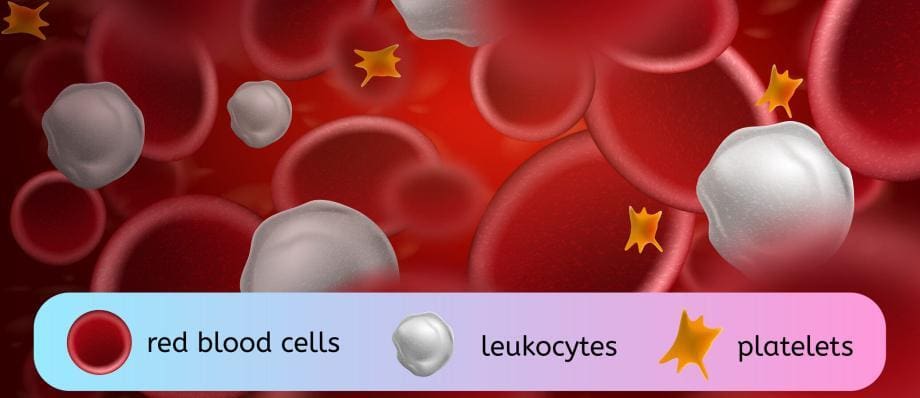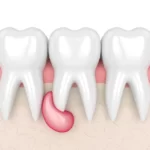Blood, the vital life force that circulates throughout the human body, is a complex and essential fluid that sustains life. Comprising various components, each with unique roles and functions, blood is a remarkable blend of cells, proteins, and other substances that collectively contribute to the functioning and health of the human body. In this comprehensive article, we will delve into the various components of blood, their functions, and their importance in maintaining overall well-being.
Introduction to Blood Components
Blood is primarily composed of plasma and cellular components, including red blood cells (erythrocytes), white blood cells (leukocytes), and platelets (thrombocytes). Plasma, a straw-colored fluid, constitutes about 55% of blood volume, while the cellular components account for the remaining 45%.
- Plasma
- Cellular Components
Plasma
Plasma is the liquid component of blood, constituting a significant portion of the total blood volume. It serves as a medium for transporting blood cells, nutrients, hormones, and waste products throughout the body. Plasma is primarily composed of water, electrolytes, proteins, gases, and various nutrients.
- Water
- Electrolytes
- Proteins
- Nutrients
- Gases
Water
Water comprises the majority of plasma and provides the fluidity necessary for transporting other blood components. It also helps regulate body temperature.
Electrolytes
Electrolytes in plasma, such as sodium, potassium, calcium, and chloride, play a crucial role in maintaining fluid balance, nerve function, and muscle contractions.
Proteins
Plasma proteins include albumin, globulins, and fibrinogen. Albumin helps maintain blood volume and pressure, while globulins function in immunity and transport. Fibrinogen plays a critical role in blood clotting.
Nutrients
Plasma carries essential nutrients like glucose, amino acids, fatty acids, and vitamins, ensuring cells receive the necessary sustenance for their metabolic activities.
Gases
Oxygen and carbon dioxide are transported in plasma, facilitating gas exchange between the lungs and tissues.
Cellular Components
Blood contains three main types of cellular components: red blood cells (erythrocytes), white blood cells (leukocytes), and platelets (thrombocytes). Each type serves distinct functions vital for overall health and body functioning.
- Red Blood Cells (Erythrocytes)
- White Blood Cells (Leukocytes)
- Platelets (Thrombocytes)
Red Blood Cells (Erythrocytes)
Red blood cells, the most abundant cellular component of blood, are responsible for oxygen transportation throughout the body. Their unique structure, devoid of a nucleus and containing the protein hemoglobin, allows efficient oxygen binding and release.
White Blood Cells (Leukocytes)
White blood cells play a critical role in the body’s immune response by defending against infections and foreign substances. They are classified into various types, including neutrophils, lymphocytes, monocytes, eosinophils, and basophils, each with specific functions in the immune system.
Platelets (Thrombocytes)
Platelets are small, disk-shaped cells that assist in blood clotting and preventing excessive bleeding. When a blood vessel is injured, platelets quickly gather at the site to form a plug, initiating the clotting process.
Platelets and Blood Clotting
Platelets, also known as thrombocytes, are crucial in preventing excessive bleeding and promoting wound healing. When a blood vessel is injured, platelets rapidly adhere to the site and release chemicals that activate other platelets. This forms a temporary plug that stops bleeding.
Furthermore, platelets trigger the coagulation cascade, a series of complex chemical reactions involving various clotting factors. These reactions culminate in the conversion of fibrinogen (a soluble plasma protein) into fibrin (an insoluble protein), which reinforces the platelet plug, forming a stable blood clot.
Functions of Blood Components
Understanding the functions of blood components is essential to appreciate their role in maintaining overall health and functionality of the body.
- Oxygen Transport
- Immune Response
- Blood Clotting
- Nutrient and Hormone Transport
- Waste Removal
Oxygen Transport
Red blood cells, with their hemoglobin content, are specialized for transporting oxygen from the lungs to tissues and organs throughout the body. Oxygen is crucial for cellular respiration, where energy is produced to sustain various physiological processes.
Immune Response
White blood cells are integral to the immune system, defending the body against infections, diseases, and foreign invaders. They identify and eliminate pathogens, produce antibodies, and regulate immune responses.
Blood Clotting
Platelets play a vital role in preventing excessive bleeding by forming clots at the site of injury. This mechanism is crucial for wound healing and maintaining vascular integrity.
Nutrient and Hormone Transport
Plasma transports essential nutrients, hormones, and other substances, ensuring they reach the cells and organs that require them for proper functioning. Nutrients such as glucose, amino acids, and fatty acids are essential for cell metabolism and energy production.
Waste Removal
Blood components, particularly plasma, aid in the removal of metabolic waste products, such as urea and carbon dioxide, from cells and tissues. These waste products are transported to organs like the kidneys and lungs for elimination from the body.
Importance of Blood Components in Health and Disease
Maintaining the appropriate balance and functionality of blood components is critical for overall health and disease prevention. Imbalances or abnormalities in blood components can lead to various health conditions and diseases.
- Anemia
- Infections and Immunodeficiency Disorders
- Hemophilia and Clotting Disorders
- Thrombosis and Embolism
- Blood Cancers
Anemia
Anemia occurs when there is a deficiency of red blood cells or hemoglobin in the blood, resulting in reduced oxygen-carrying capacity. Common causes include iron deficiency, vitamin B12 deficiency, or certain chronic diseases.
Infections and Immunodeficiency Disorders
Abnormalities in white blood cell counts or function can lead to increased susceptibility to infections or immune system disorders, making it difficult for the body to fight off pathogens effectively.
Hemophilia and Clotting Disorders
Hemophilia and other clotting disorders involve inadequate or dysfunctional blood clotting, which can lead to excessive bleeding, both internally and externally, after injury or trauma.
Thrombosis and Embolism
Thrombosis occurs when blood clots form within blood vessels, potentially blocking the flow of blood. If a clot dislodges and travels to the lungs or brain, it can cause a life-threatening condition known as an embolism.
Blood Cancers
Blood cancers, such as leukemia, lymphoma, and multiple myeloma, originate in the blood or bone marrow and affect the production and function of blood cells, leading to various health complications.
Conclusion
Blood components, including plasma, red blood cells, white blood cells, and platelets, play vital roles in maintaining the health and functionality of the human body. From oxygen transport to immune defense and blood clotting, each component serves a critical function necessary for survival and well-being. Understanding these blood components and their functions is crucial for comprehending various health conditions and diseases, paving the way for effective treatments and preventive measures to ensure a healthy and thriving lif





